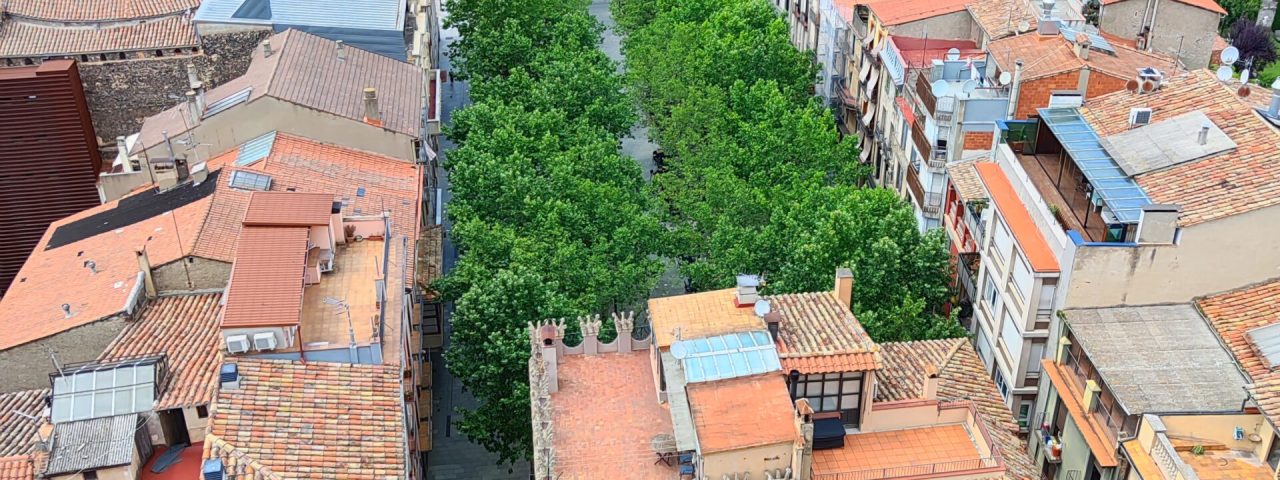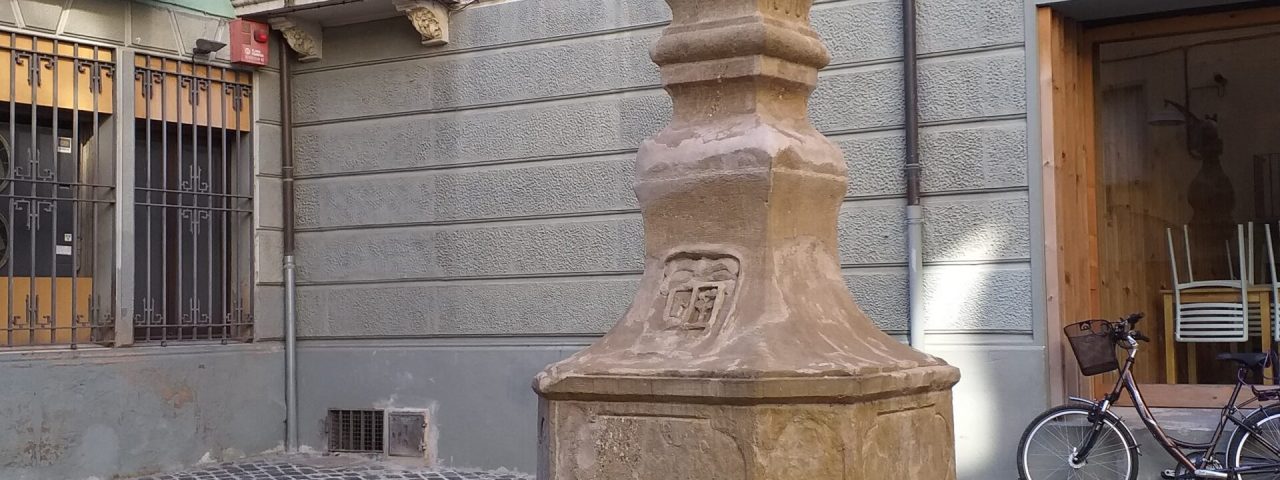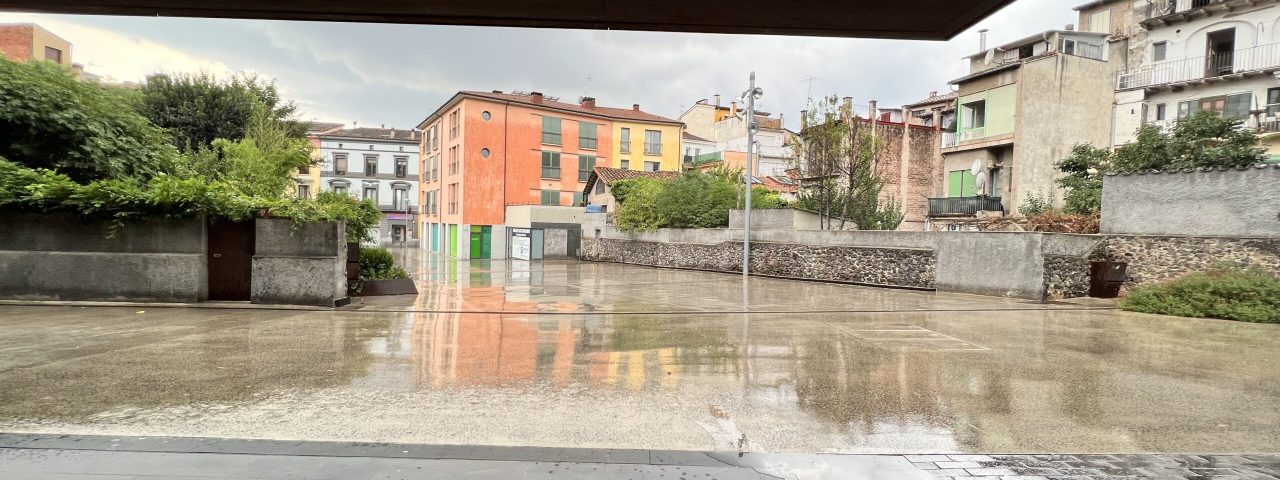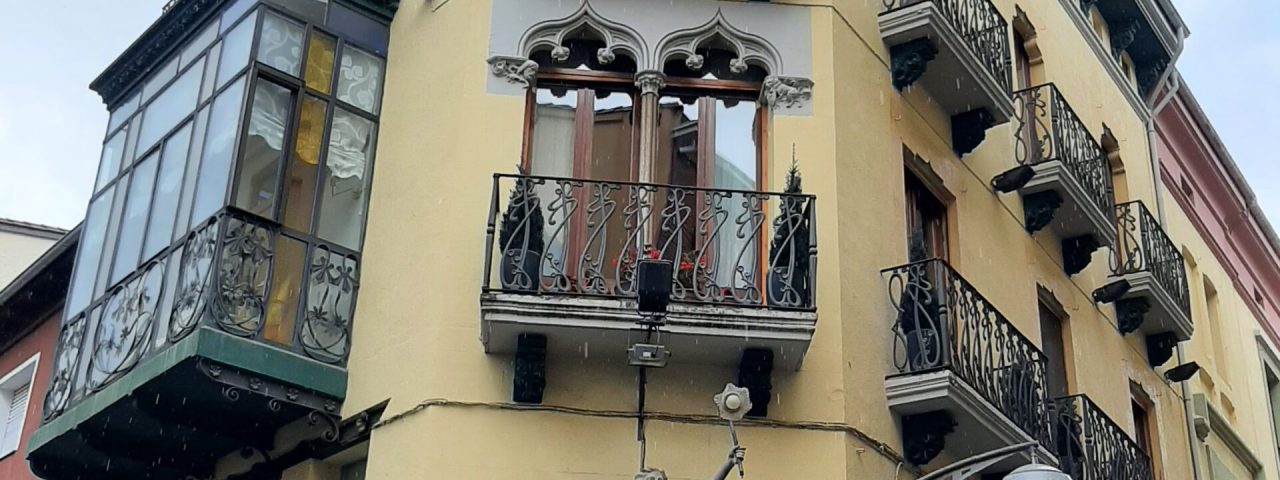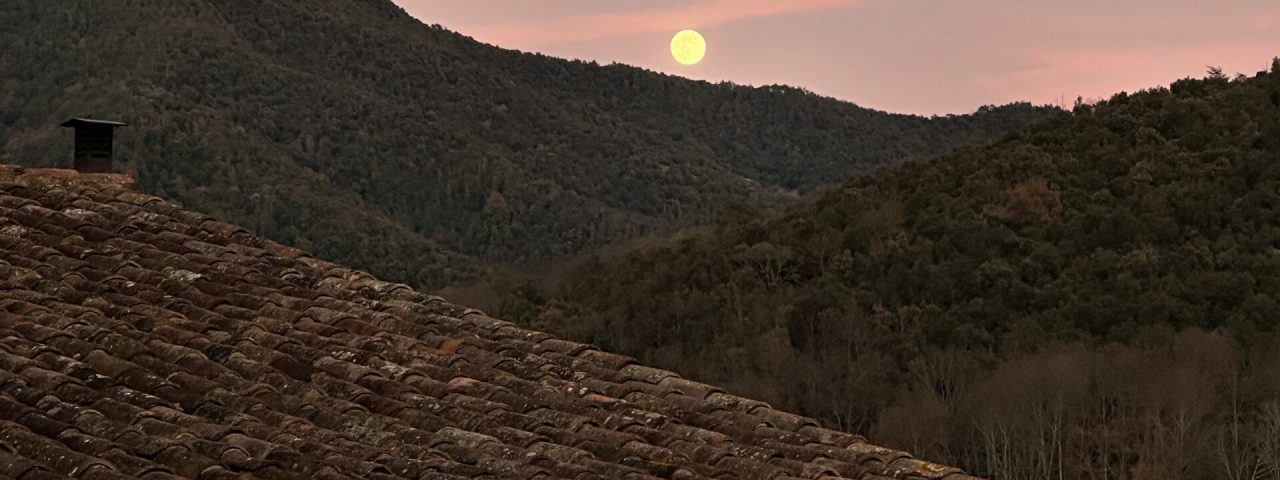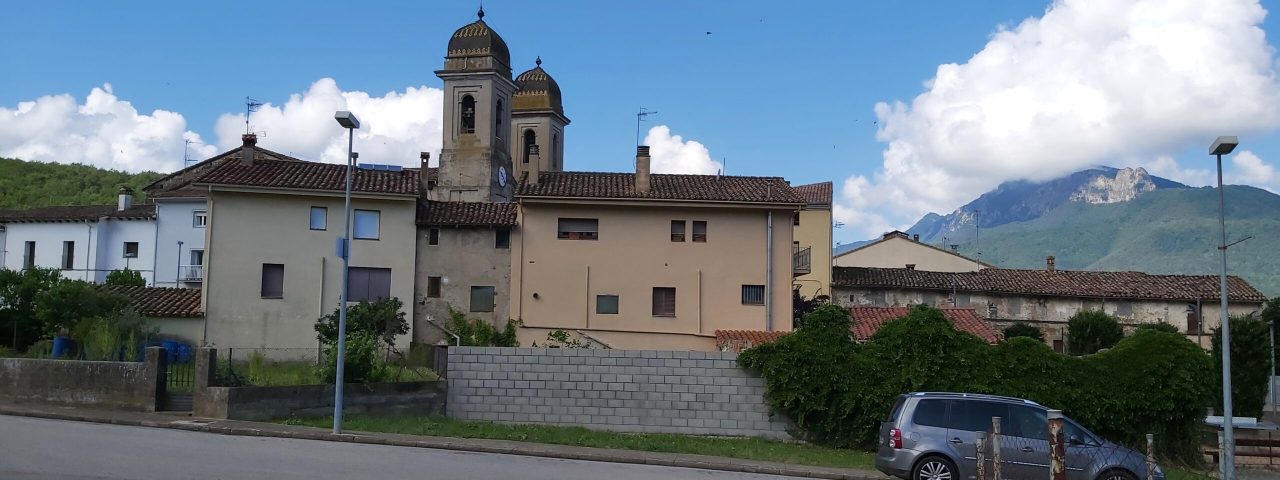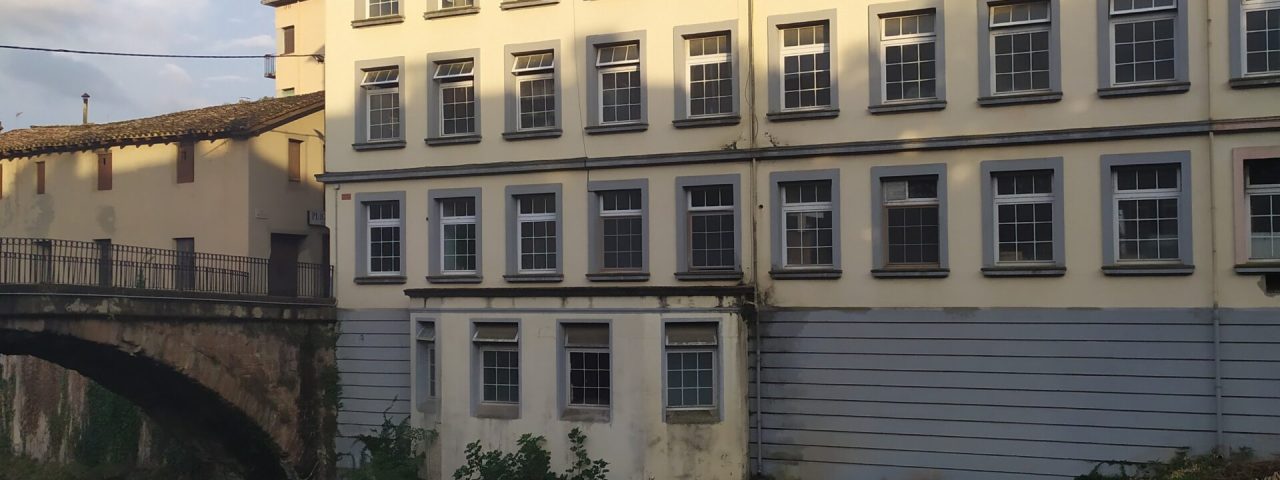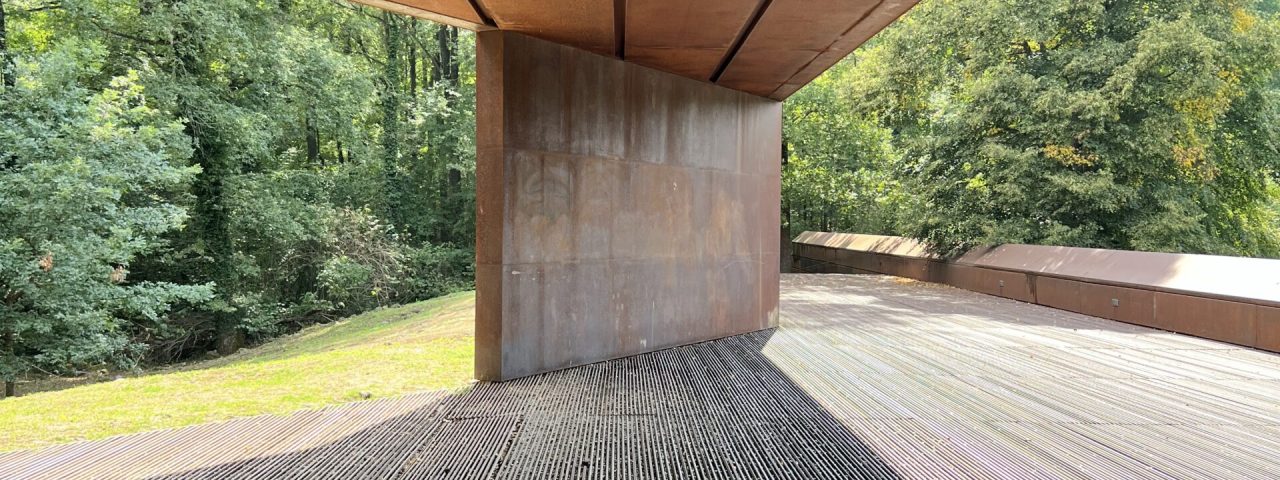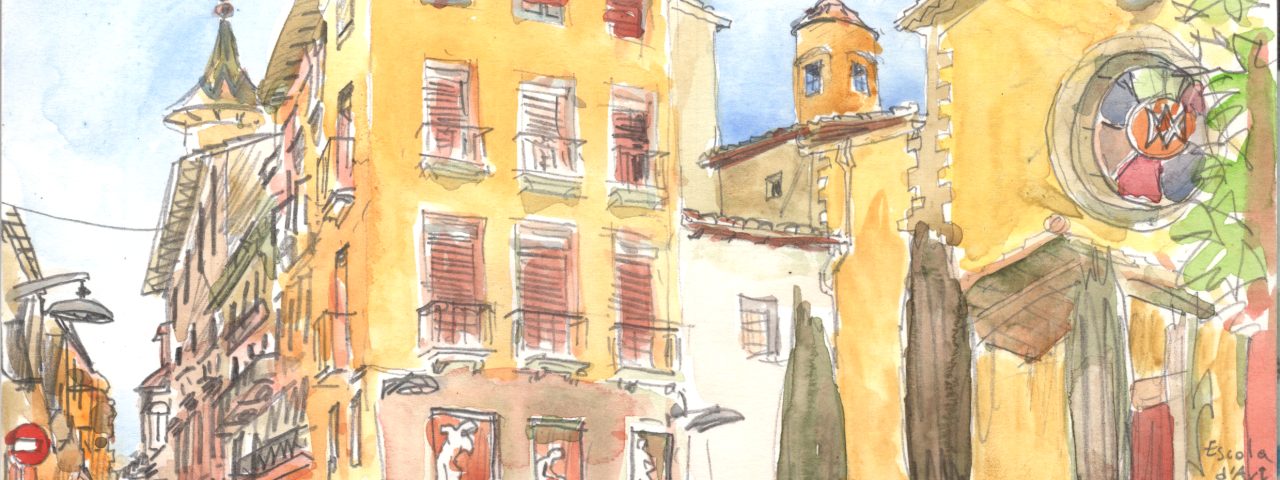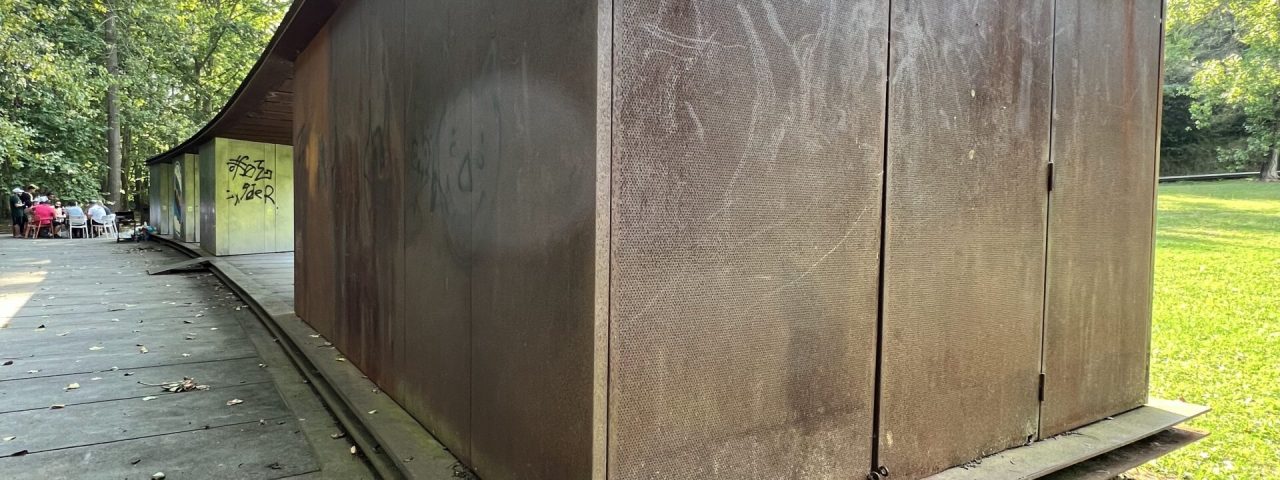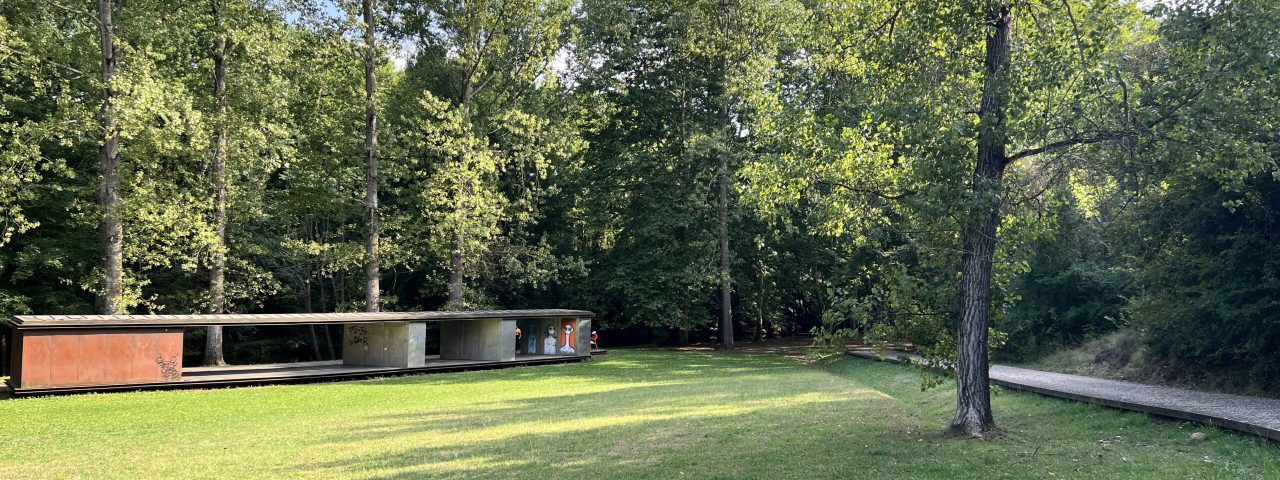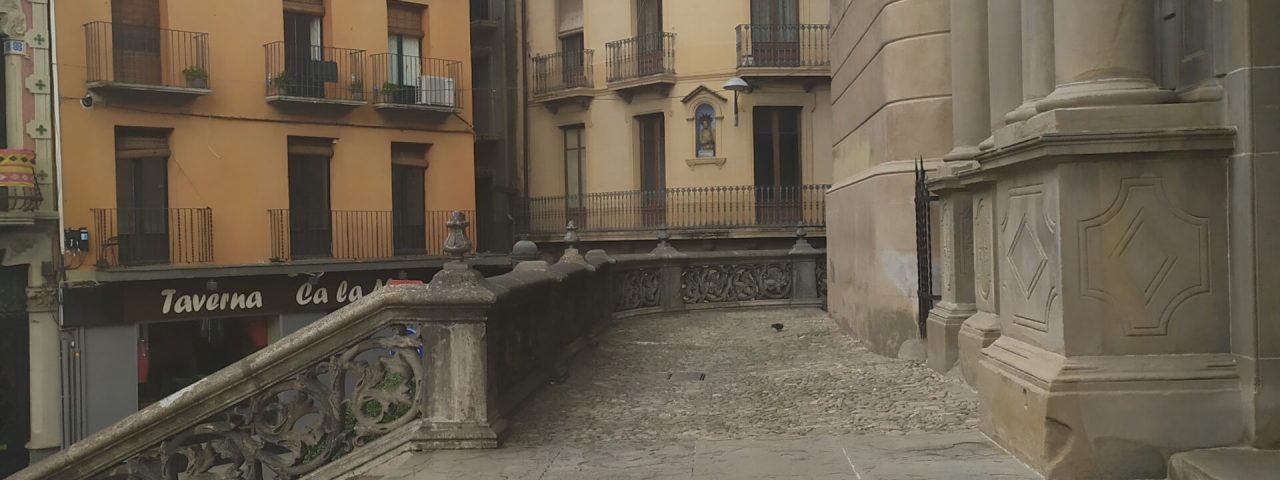Olot boasts a rich historical tapestry that dates back to ancient times. Initially, it was a Roman settlement, as evidenced by archaeological remains, but its identity as a medieval town developed during the Middle Ages. The city was also influenced by Moorish and Christian periods, which left their marks on its architecture and cultural evolution. Throughout history, Olot has been a hub for the textile and arts industries, particularly during the 18th and 19th centuries, which gave the city its distinctive character.
Culturally, Olot stands out for its strong artistic tradition, particularly in painting and sculpture. The Olot School of Art, which emerged in the 19th century, has had a lasting influence on Catalan and Spanish art, with the city remaining a vibrant center for artists and creatives. Additionally, Olot is known for its traditional festivals, including the famous “Festa del Tura” in September, which celebrates the city’s patron saint. This lively festival features parades, traditional dances, concerts, and a variety of cultural activities that attract both locals and visitors.
Local customs include “sardana” dancing, a traditional Catalan dance that is often performed during festivals and celebrations. Visitors will also encounter many historical landmarks such as the Carmelite Cloister and the Sant Esteve Church, which showcase the city’s religious and architectural heritage. The strong sense of Catalan identity is deeply ingrained in Olot’s culture, making it an exciting place for visitors interested in learning about local traditions.
